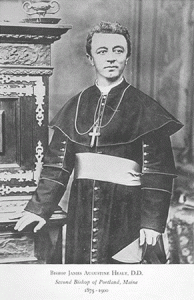Today marks the signing of the Lateran Treaty in 1929 between the Holy See (the Vatican’s official name) and the Italian government. Because Italy’s unification in 1870 meant the loss of the Papal States, Pope Pius IX refused to recognize the new nation and his successors followed suit. For a long time Catholics were forbidden to participate in local politics, nor were they allowed to visit the Quirinale, the King of Italy’s palace. But when Pius IX was elected, he was determined to improve relations, and to ensure that the Holy See was a publicly recognized sovereignty. Although he wasn’t favorable to Benito Mussolini’s Fascist regime, Pius was nonetheless willing to deal with any government where it concerned the Church’s interests. Mussolini, for his part, was all too happy settle the “Italian question,” in order to strengthen his support among Italian Catholics. Pius also wanted to make sure that the Vatican wouldn’t be identified with a Fascist regime. In the treaty the Pope recognized the Italian state, and surrendered all prior territorial claims, in exchange for an independent Vatican City State and financial compensation for the land lost in 1870. While the treaty’s signing didn’t mark the end of the Vatican’s problems with Mussolini, it was nonetheless a significant event as regarded the Holy See’s legal and political status.












